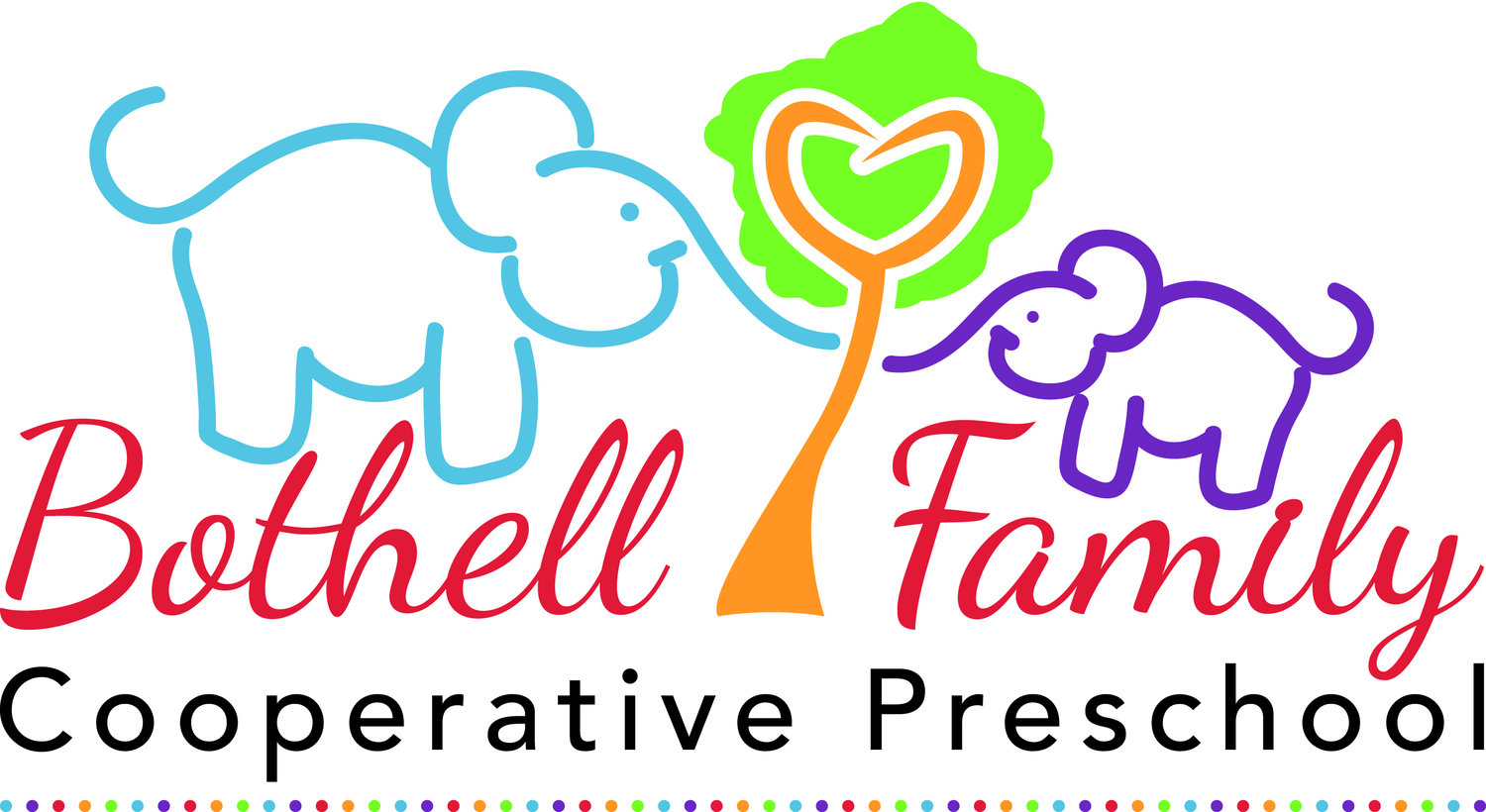by Julia H.
I've got good news for you! Right now, during the preschool years, generally between the ages of 3 and 5, is the time during which kids start categorizing the people in their community by race. This is also the age at which children begin to form what can become life-long racial stereotypes. While this may seem intimidating or even downright scary, this actually means that right now, while ensconced in the supportive environment of a cooperative preschool, you have the chance to help your child overcome the biases that are present in our culture, and helping them to become the sort of people who stand up for equality.
So...how, exactly, does one do that? It's a good question, and I'm glad you asked!
Talk explicitly about the fact that people with different skin colors are equally capable of doing the same jobs, having the same interests and hobbies, that they can be equally smart, etc. Research has demonstrated that the "colorblind" approach, where diversity is deliberately included in books and media (and especially in children's books and media), but not necessarily explicitly discussed, doesn't work. Specifically, in the absence of explicit discussions about race, kids tend to pick up on the cultural zeitgeist, with the result that longstanding racial biases will be maintained.
It's great to talk about the work of Martin Luther King, Jr. and his great work as an organizer and leader of the Civil Rights movement this week. It's also great to talk about MLK Jr. next week, and the week after that. It's also great to talk about the other prominent individuals who fought for equality in the Civil Rights movement of the 1960s, as well as to talk about the civil rights issues that various individuals and groups are working hard to address today - in other words, make this a topic you come back to, again and again, and don't be afraid to admit that there's still work to be done.
Talk about melanin! It might sound silly, but explaining that the same pigment that gives some people black hair, some people brown hair, some red hair, and some blonde hair...and the same pigment that gives some people blue eyes, some green, and some brown...that same pigment gives some people brown skin, and some people lighter skin, along a whole spectrum from very pale to very dark.
Give age-appropriate tips that can help them be more inclusive. Simple things like encouraging children to notice if someone is being left out of a game, and helping them to ask, "do you want to play with me?" can go a long way when it comes to including others. Teaching empathy helps, too!
- Model the behavior you want to see. As always, the best way to teach your kids to treat others equally is to do it yourself. Sometimes that may require some deep introspection, including identifying your own areas for improvement on fighting racial biases. It's okay! We all have work to do, and your kids will learn a lot by watching you do the work!
Oh, and, of course - consult other sources! Here's a great blog post with more tips about discussing the civil rights movement.
